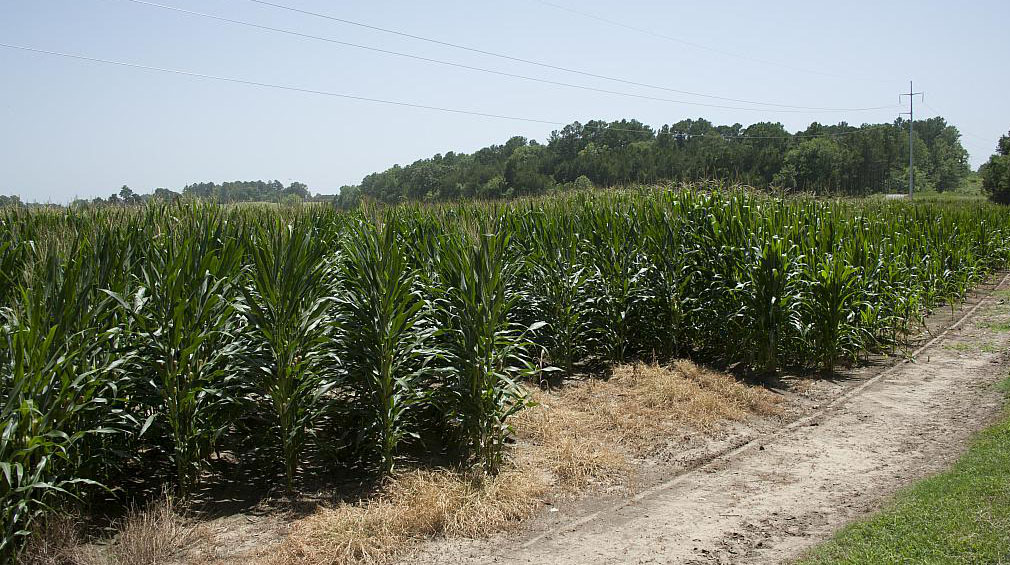Corn

Corn is a major crop for Mississippi farmers. Produce the best yields possible using information provided by the MSU Extension specialists. Information is provided on corn weed control, corn insect control, corn planning budgets, herbicide programs for managing Glyphosate/ALS Resistant Palmer Amaranth, and corn insect identification. Also, find the latest corn news.